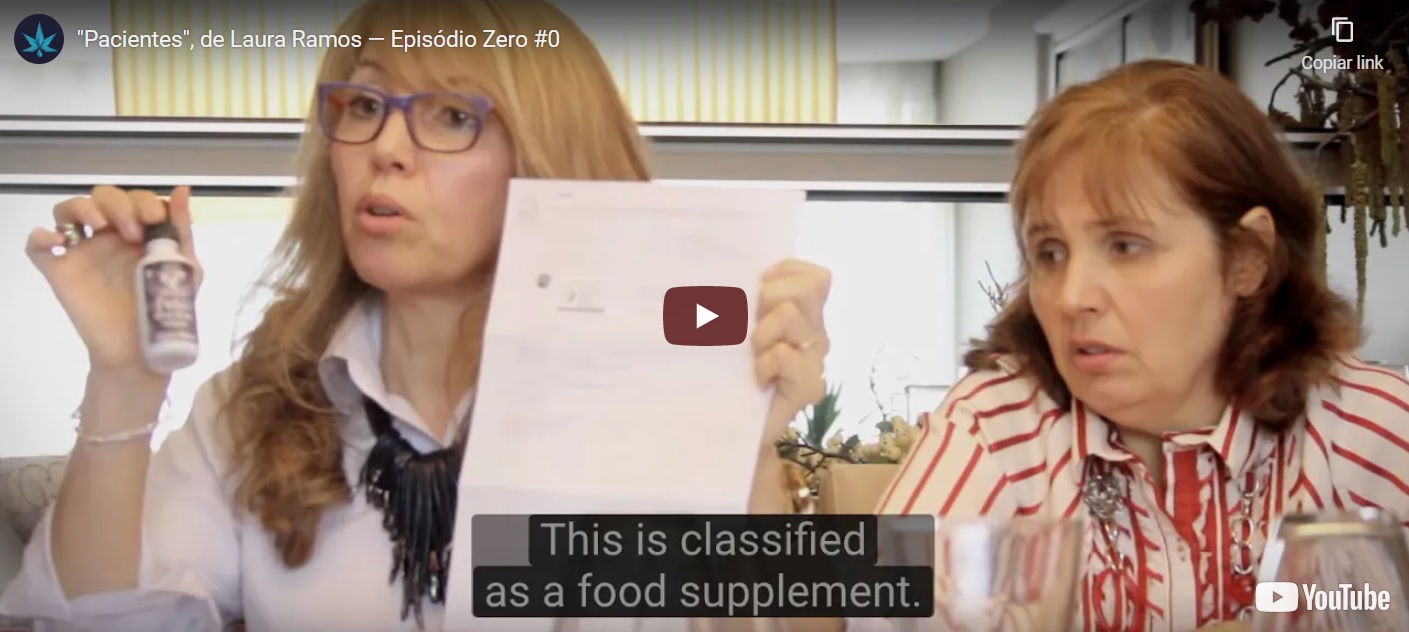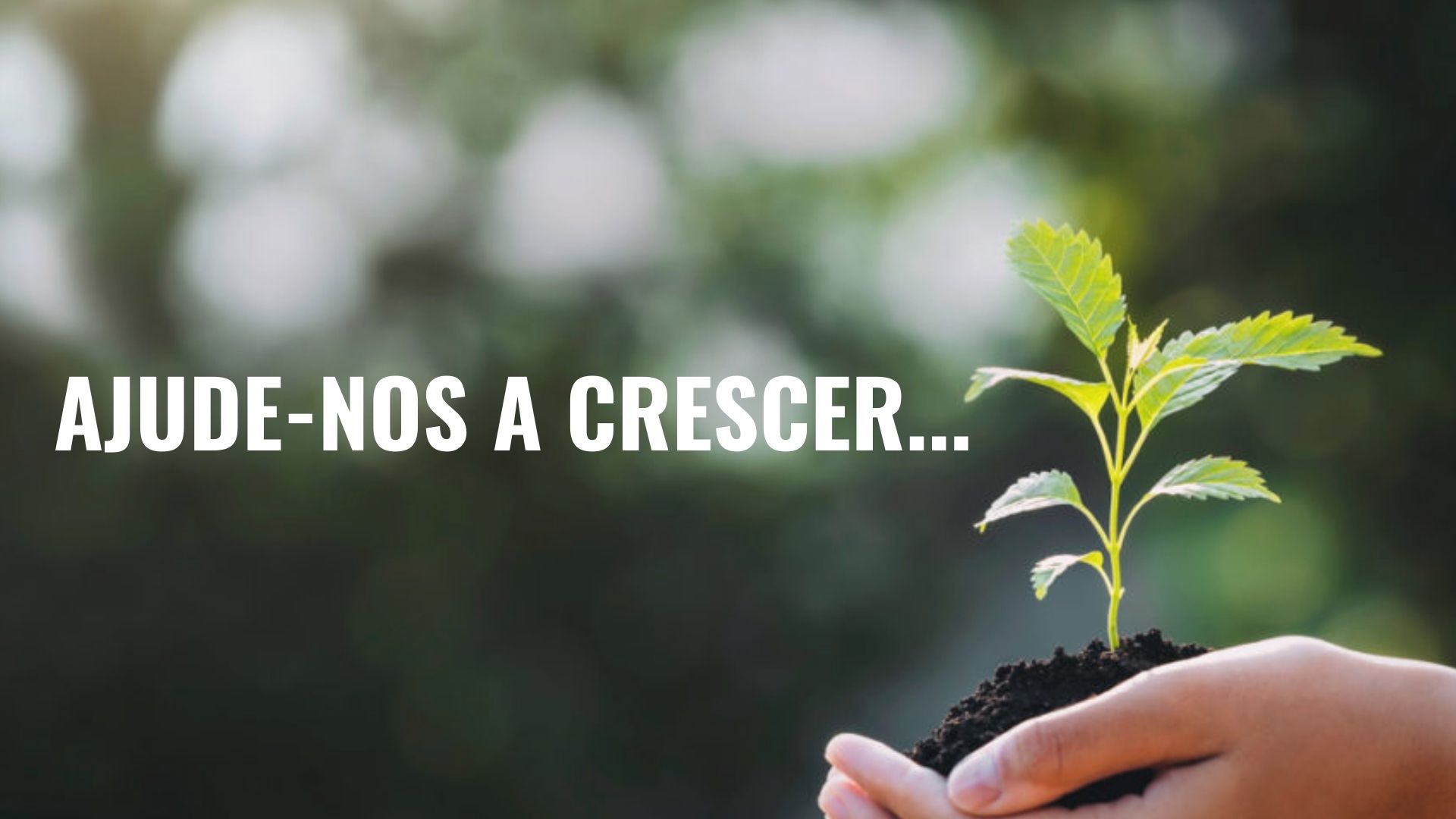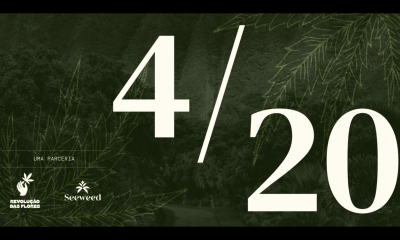Talking about hashish is synonymous with talking about Morocco. From the cannabis plantations located in the Rif mountain range, in the north of the country, most of the hashish consumed in Europe is extracted. Morocco is the biggest producer of hashish in the world and almost two million of its inhabitants depend on the cultivation of cannabis.
Cannabis arrived in the Rif in the 1956th century AD, with the emigration of the Arab population to North Africa. Cannabis has grown well in the cold and dry climate of this mountain range and its consumption has taken root in northern Morocco. However, there was no official authorization for cultivation until the XNUMXth century, when Sultan Mulay Hassan allowed it to five tribes of the Rif. In XNUMX Morocco gained independence from France and Spain and it was then that King Muhammed V banned the cultivation and trade of cannabis, although in practice it continued to be allowed in certain areas of the Rif in order to avoid conflicts.

Hash from Morocco. Photo: Simon Pardo
The traditional way of consuming cannabis in this area is by smoking kif, a mixture of cannabis flowers, leaves and stems mixed with leaves of the local tobacco called Taba. This well dried and crushed mixture is placed in the small container of the traditional pipe, the Sebsi. The contents are smoked in just one or two pipes and the ashes are emptied by blowing them out of the pipe, a technique that requires considerable skill. It is quite common to see old men sitting in groups around a table in cafes or hotels on the Rif, enjoying their kif, which, while it may seem like a smooth blend at first, manages to produce a strong effect after five or six raisins.
It is estimated that there are between 300 and 400 thousand families involved in growing and processing cannabis on the Rif.
Contrary to popular belief, hashish culture is a fairly recent phenomenon in Morocco, compared to countries like Lebanon or Afghanistan. It was in the second half of the 1970th century that foreigners brought to Morocco the techniques of sieving trichomes in order to produce hashish. These travelers, belonging to the counterculture born in the early XNUMX's, became interested in traveling to distant countries, far from western culture, in search of alternative and exotic experiences. Many followed routes that included countries such as India, Nepal, Afghanistan or Lebanon, where hashish was produced in a traditional way. They learned these techniques for sieving trichomes and imported them to Morocco when they visited. Until then, cannabis cultivation had been exclusively for the production of kif, and from that moment on, hashish and the strong demand for this product in Europe and the rest of the world caused an unprecedented increase in cannabis cultivation in Morocco.
Traditional cultivation VS modernized cultivation
Traditional cannabis cultivation in Morocco is quite simple. Seeds from the previous harvest are dropped into the soil in large quantities to ensure sufficient germination to fill the entire space with plants. These grow without control, without space between them and without distinction between male and female plants. This lack of selection leads to massive pollination, causing lower quality production.
Cultivation soil is normally not prepared in advance, nor are nutrients added to the irrigation, only elevated sprinklers are used, so that irrigation is carried out above the heads of the plants, with rainwater collected in tanks. When the plants are ready to be harvested, they are cut and stacked on roofs or patios to dry in the sun. This method is still used in many plantations, but is gradually being replaced by drying in the shade, in order to preserve the terpenes and prevent the degradation of the cannabinoids, resulting in a much more aromatic and less narcotic hashish.
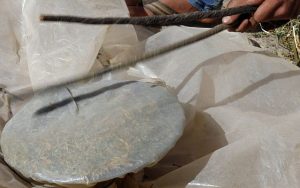
Ketama Drums. Photo: Abdeljalil Bounhar, AP
After drying, the hashish extraction process begins. The technique used is surprisingly simple. The efficiency and skill with which these people master it demonstrates that it has been perfected and worked to exhaustion. The container in which the flower pollen is collected is a plastic bucket, the typical one used for washing clothes. They put a nylon net over this bucket and tie it so it's very tight. The dried plants are stripped of their branches, leaving only leaves and flowers, and these are placed on top of the stretched mesh. All this is covered with a thick plastic and the extraction process begins. With two wooden sticks in their hands, the hashish artisans tap on the thick plastic, in a continuous rhythm, so that the heads and trichomes, or pollen, pass through the mesh and are collected in the bucket. The sound produced by this process is very particular and many travelers are hypnotized by the so-called “Ketama drums”, which are named after one of the main cities in the Rif where hashish is produced.
From the first batch of smooth beats comes the best quality, with the fewest impurities, known as “zero zero”. This was the quality that caused tremendous success in Europe in recent decades. Although it is the best, it is the least productive of all. The following extractions produce more, but contain more plant matter and more impurities.
 After all the pollen has been extracted from the plants, it is carefully collected and processed. Depending on the quality of the product and the way the hash is to be transported, it is processed in different ways. Usually, it is worked in presses, to form the famous plates, or by hand, to give it the shape of an “acorn” or an “egg”. The process of working the hashish allows a better conservation of the product.
After all the pollen has been extracted from the plants, it is carefully collected and processed. Depending on the quality of the product and the way the hash is to be transported, it is processed in different ways. Usually, it is worked in presses, to form the famous plates, or by hand, to give it the shape of an “acorn” or an “egg”. The process of working the hashish allows a better conservation of the product.
This traditional extraction process is undergoing unprecedented modernization in Morocco. This is happening thanks to the fact that many Moroccans have opened their homes to Europeans, who have come to this country bringing new genetics and new extraction techniques, which has given rise, from a positive point of view, to an infinite number of new types and qualities of hashish. On the other hand, native plants (“landraces” in English or “Beldi” in Moroccan dialect) were lost, due to the impossibility of controlling genetic crosses with the new strains introduced recently.
In addition to genetics, new cultivation techniques are being assimilated by Moroccan producers. The seeds used are chosen for their strain and are usually feminized or, if not, males are removed once detected, to prevent seed formation (as far as possible, as cross-pollination from other crops cannot be avoided) . Plants are grown with space between them, so that they can grow with good laterality, increasing production. In addition, nutrients are normally added to the soil or in drip irrigation to ensure that all plants receive a good amount of water.
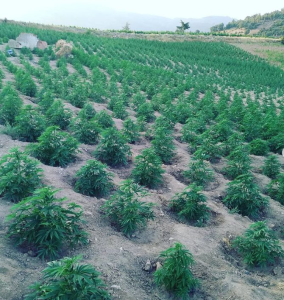
Cannabis plantation on the Rif, Morocco. Photo: Simon Pardo
The plants are not dried in the sun, but in the shade, in drying sheds or in adapted areas, in order, as we have already mentioned, to better preserve the aromas and prevent the degradation of cannabinoids. To obtain hash of superior quality, these farms use filters of different sizes, manufactured specifically for this purpose, generally between 200µ to 25µ. The product obtained is filtered several times, in order to obtain an increasingly clean and special hashish.
These plantations decided to follow the path of modernization, with its pros and cons, due to the worldwide demand for products with a very high THC level, with specific aromas and textures. All this is due to the fact that a large number of countries have opted to regulate cannabis, opening the door to research and innovation in production techniques, of a quality never seen before, thus raising the world standards.
Current situation, Traffic, Legality and Society
It is estimated that there are between 300 and 400 thousand families involved in growing and processing cannabis on the Rif. Of the five million inhabitants of this area, about two million depend directly on the cultivation of this plant. All these people manage to carry out this activity thanks to the permissiveness of the authorities, who tolerate it, although it is classified as a crime in the Moroccan penal code. Hashish trafficking is a day-to-day reality in northern Morocco. The tons of hash produced in the Rif are transported to Europe through different routes, almost all of them by sea, through the Strait of Gibraltar. Fast inflatable boats with powerful engines and hiding places in large trucks or commercial ships are the preferred methods of those involved in this risky business.
The traditional extraction process is undergoing unprecedented modernization in Morocco.
As for the government, it carries out symbolic raids every year, in which plantations are destroyed and the less fortunate, usually those who do not have enough money to bribe the authorities, are arrested. At the same time, the government launches campaigns, offering other types of culture as an alternative to growing cannabis, although, to date, none of these offers can really mean a real livelihood for all families who make a living from hashish.
The Rif is an impoverished area with few economic resources other than agriculture. The people live in an eternal economic crisis, aggravated by the Moroccan government's historical lack of interest in improving the living conditions of the inhabitants of the area. Conflicts have been very frequent throughout history, with revolts and protests against the semi-feudal system in which they find themselves. The great drug lords and rulers are the ones who control and distribute wealth, always in their favor and giving the inhabitants few opportunities to escape precariousness.
 Recently, the Moroccan parliament passed a bill to legalize the cultivation and marketing of cannabis for medical and industrial use. At first glance, this may seem like a solution to the problem of poverty that characterizes the Rif and to the problem of drug trafficking, which facilitates the increase in power of mafias in these areas. However, with a closer look at the new draft legislation, it is easy to understand that this is not the case. Unless there is a drastic change in the direction that cannabis regulation is taking in Morocco, the power and money generated by the cultivation will pass from the hands of the powerful hashish lords to those of big business, leaving the local farmers out.
Recently, the Moroccan parliament passed a bill to legalize the cultivation and marketing of cannabis for medical and industrial use. At first glance, this may seem like a solution to the problem of poverty that characterizes the Rif and to the problem of drug trafficking, which facilitates the increase in power of mafias in these areas. However, with a closer look at the new draft legislation, it is easy to understand that this is not the case. Unless there is a drastic change in the direction that cannabis regulation is taking in Morocco, the power and money generated by the cultivation will pass from the hands of the powerful hashish lords to those of big business, leaving the local farmers out.
The Rif has traditionally been discriminated against by the Moroccan government and this new bill is a sign that nothing has changed. A plan was created to regulate this market, without first asking the main stakeholders, the farmers. This constitutes a great risk for them, who can be relegated to the background, as mere employees of large multinational companies, who withdraw capital from where it should never come out, the Rif.
___________________________________________________________
This report was originally published on issue #4 da Cannadouro Magazine
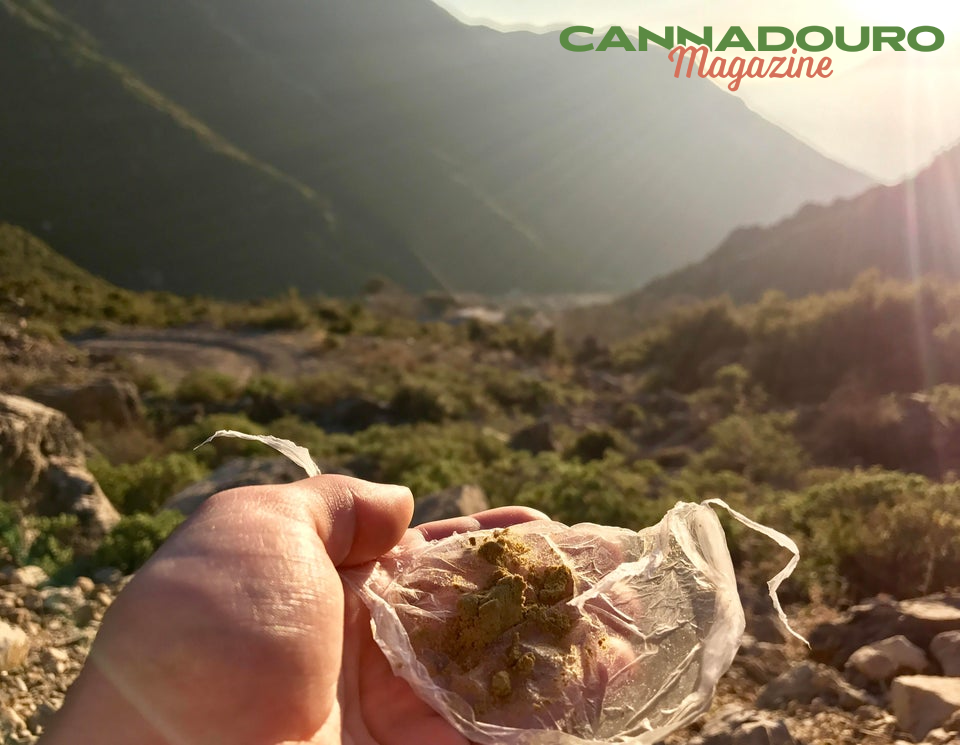


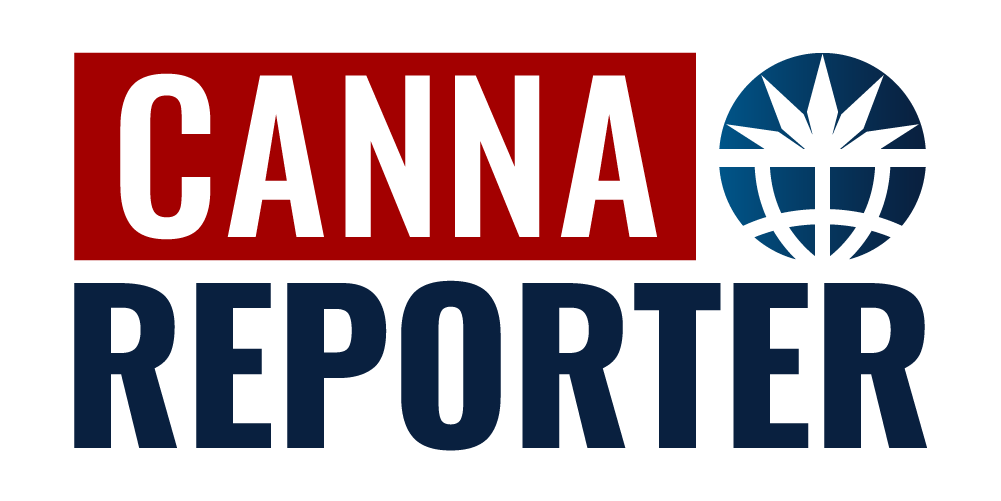
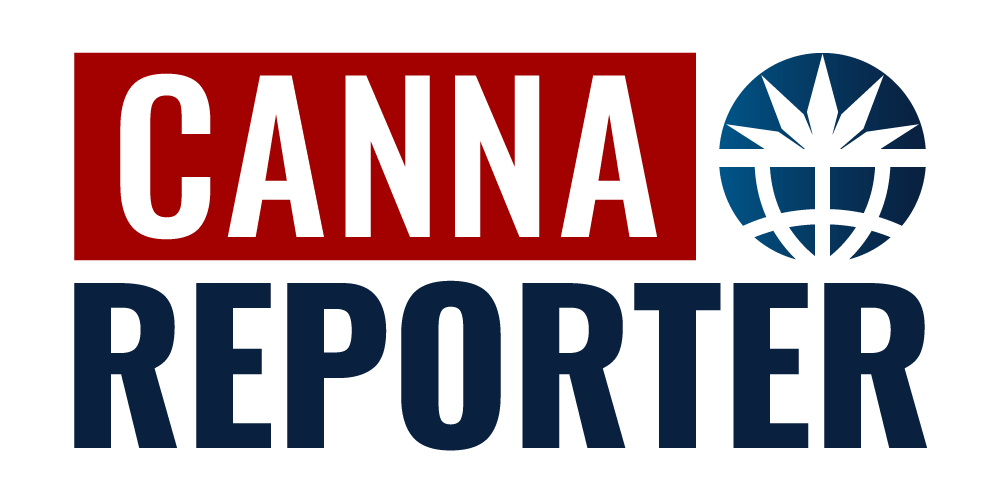




 After all the pollen has been extracted from the plants, it is carefully collected and processed. Depending on the quality of the product and the way the hash is to be transported, it is processed in different ways. Usually, it is worked in presses, to form the famous plates, or by hand, to give it the shape of an “acorn” or an “egg”. The process of working the hashish allows a better conservation of the product.
After all the pollen has been extracted from the plants, it is carefully collected and processed. Depending on the quality of the product and the way the hash is to be transported, it is processed in different ways. Usually, it is worked in presses, to form the famous plates, or by hand, to give it the shape of an “acorn” or an “egg”. The process of working the hashish allows a better conservation of the product.
 Recently, the Moroccan parliament passed a bill to legalize the cultivation and marketing of cannabis for medical and industrial use. At first glance, this may seem like a solution to the problem of poverty that characterizes the Rif and to the problem of drug trafficking, which facilitates the increase in power of mafias in these areas. However, with a closer look at the new draft legislation, it is easy to understand that this is not the case. Unless there is a drastic change in the direction that cannabis regulation is taking in Morocco,
Recently, the Moroccan parliament passed a bill to legalize the cultivation and marketing of cannabis for medical and industrial use. At first glance, this may seem like a solution to the problem of poverty that characterizes the Rif and to the problem of drug trafficking, which facilitates the increase in power of mafias in these areas. However, with a closer look at the new draft legislation, it is easy to understand that this is not the case. Unless there is a drastic change in the direction that cannabis regulation is taking in Morocco, 


